Content from the Brookings-Tsinghua Public Policy Center is now archived. Since October 1, 2020, Brookings has maintained a limited partnership with Tsinghua University School of Public Policy and Management that is intended to facilitate jointly organized dialogues, meetings, and/or events.
Thanks to North Korea, the first major foreign policy crisis of the Trump administration is upon us. North Korea’s two tests of an intercontinental ballistic missile (ICBM) capable of reaching the United States; its launch of a nuclear-capable missile over Japan; and now its test of a far more powerful nuclear weapon have unnerved U.S. alliance partners; jarred Washington as few events have in recent memory; and raised regional tensions to new heights. Perhaps most important, the North’s actions have provoked an impatient American president unpracticed in the arts of international strategy and diplomacy, and who often seems oblivious to the possible consequences of his words on the actions of others.
Pyongyang’s threats against the United States and its allies warrant urgent attention and a degree of discipline that has been singularly lacking in the Trump administration, beginning with the president himself. They will require Trump and his senior advisers to make the most important decisions of his presidency. Immediately prior to his inauguration, President-elect Trump declared that he would not allow Pyongyang to develop nuclear weapons and missile delivery systems capable of threatening America. Now North Korea is doing just that. How does the United States choose to respond?
What do we know?
It is not yet certain whether the September 3 nuclear test was a hydrogen weapon. However, a 50-kiloton-plus detonation enhanced the regime’s confidence in its ability to inflict major damage on the United States and its allies. Pyongyang now asserts that it possesses a nuclear deterrent against the United States, but it remains untested on a missile. Questions remain about North Korea’s ability to miniaturize a nuclear warhead able to reach the United States; whether one of its warheads could survive the stress, speed, and heat of atmospheric reentry; and whether it could be targeted with reasonable accuracy. The fact of the North’s rapid progress—much sooner than U.S. intelligence predicted until very recently—is sobering enough.
Answers to these larger questions may not be long in coming. North Korea’s recent test of a nuclear-capable Hwasong-12 intermediate-range missile over Japan was a major breakthrough. To avoid overflying Japan, Pyongyang had previously limited its test of intermediate- and longer-range missiles to lofted trajectories aimed at the Sea of Japan. This prevented the North from testing a more realistic combat trajectory that would have enhanced Pyongyang’s confidence in the reliability of its missiles.
The August 29 Hwasong-12 launch flew successfully and unopposed over Japan (one of its potential targets) as it travelled to half its maximum operational range. Neither Japanese nor American missile-defense systems based in or near Japan attempted to intercept the missile. This could very likely embolden North Korean leader Kim Jong-un to test launch an ICBM over the same trajectory but over far greater distance. Such a test, particularly if it included the successful reentry of a test warhead, would signal that North Korea’s deterrent now poses a direct threat to the U.S. homeland. Testimony earlier this week by South Korea’s National Intelligence Service to the ROK National Assembly indicates that North Korea may be readying such an ICBM test, which is very troubling.
Shoot it down?
Probably the most important decision facing President Trump and his national security team concerns whether the United States can slow or otherwise impede the North Korea’s quickly advancing nuclear and missile threats. Some have suggested using military means to do so. While “all options” may be on the table, the use of force against North Korea would result in the deaths of many thousands of Americans and far larger numbers of South Koreans and Japanese. Any resulting conflict could easily involve the use of nuclear weapons. For these reasons, there is no realistic military option short of an attack by North Korea on the United States or one of America’s allies, or credible information that Pyongyang is readying for such an attack.
The imperative need to impede Pyongyang’s missile-related development and prevent it from threatening the U.S. homeland should prompt a number of previously deferred policy decisions. This should begin by revisiting the idea of intercepting incoming North Korean missiles. Despite the technical uncertainties, this is an idea whose time has come.
North Korea is on the cusp of being able to attack the United States and its allies with medium- and long-range missiles, and has already stated it is prepared to do so. Washington should therefore issue a declaratory policy that the United States will deem any future launches of North Korean missiles toward the United States, its territories, or its allies, including those flying over the territory of an American ally, as a direct threat, and will be addressed with the full range of U.S. and allied defensive capabilities.
Unlike an attack on North Korea’s missile and nuclear facilities, such an action would be a legitimate and justifiable self-defense measure. While an attempted shoot-down might not succeed, it would demonstrate a determination to sustain and advance such efforts, putting the burden of risk on North Korea in challenging the United States and its allies and of escalating any potential crisis. The danger of failing to respond to a qualitatively different North Korean threat outweighs any risks associated with this approach, including the unlikely possibility that Pyongyang might resort to war.
Increasing the pressure
The Trump administration must also decide on steps to increase pressure on the North Korean regime, to sharpen Pyongyang’s choices, and to compel the regime to rethink its current trajectory. The administration’s “maximum pressure” approach thus far has been long on rhetoric but short on compulsion. Pyongyang’s latest challenge thus requires a more robust, direct, and effective response than anything this U.S. administration or its predecessors have thus far undertaken. Faced with a new situation, U.S. policy must shift course, employing a comprehensive, globally coordinated, and unprecedentedly tough set of measures that will heighten the regime’s isolation. These should include economic, financial, trade, political, diplomatic, information, human rights, military, covert, and cyber measures.
President Trump must also try to convince China to use its leverage against North Korea, to implement existing and future U.N. Security Council sanctions, and to do more to pressure North Korea. Beijing has increasingly edged toward recognizing North Korea as a direct danger to vital Chinese interests, much as other neighboring states already see these dangers. This should be the basis for future consultations with Beijing, rather than one more misguided attempt to outsource the North Korea threat to China. Any use of secondary sanctions and other measures against Chinese banks and firms aiding the North Korean regime must avoid creating a crisis in U.S.-China relations. Threatening to end U.S.-China trade in order to pressure Beijing is self-defeating and not credible.
Negotiate? About what?
Very regrettably, some U.S. non-proliferation experts and officials from previous U.S. administrations argue that it is now time for President Trump to accept that North Korea will never give up its nuclear weapons program and that Washington has no alternative other than to reach an accommodation with Pyongyang. Such talk deeply troubles officials in Seoul and Tokyo. They fear that the United States might somehow permit North Korean threats against South Korea and Japan to remain in place, while seeking to reduce the threat to the U.S. homeland.
Some American advocates of direct negotiations with North Korea go even further. They contend that the United States (even on an interim basis) must reduce its security commitments to South Korea as the necessary price for convincing Pyongyang to freeze its nuclear and missile programs. This would immediately undermine the confidence of America’s allies in the U.S. defense commitment, including the credibility of U.S. extended deterrence policy.
It is inconceivable that Pyongyang would ever agree to the on-site monitoring required to verify such a freeze. U.S. initiatives toward Pyongyang in earlier administrations have repeatedly foundered on verification obligations. North Korea has eventually broken every freeze agreement it has ever negotiated. Even assuming that Pyongyang were to consent to another accord, there is little reason to believe that a much more militarily potent North Korea would behave differently when it decides that any such hypothetical agreement no longer serves its interests.
Accordingly, the Trump administration must decide whether talks (and what kind of talks) with Pyongyang are even feasible. The United States must avoid the trap of diplomatic engagement that has no prospect of advancing the long-term goal of a denuclearized North Korea. Any acceptance of an agreement that consents to a nuclear-armed North Korea would deeply jeopardize America’s ties with Seoul and Tokyo. Moreover, every signal from Pyongyang indicates that the price in any notional negotiations would be measures designed to weaken U.S. alliance commitments to Seoul and to Tokyo. It would also spur sentiment in South Korea and Japan for building nuclear capabilities of their own.
The biggest challenge
Perhaps the greatest challenge facing the United States is the incoherence, inconsistency, and intemperateness in the Trump administration, starting with the president himself. Though some within the administration clearly grasp the stakes and the risks, these more sober messages are all too frequently lost amidst the latest torrent of Trump tweets.
President Trump is clearly frustrated by the enormous complexity of the North Korea issue and by the unwillingness of an adversary in Pyongyang to bend to his demands. He often seems to believe in an easy and quick “win” with North Korea where none is remotely imaginable. He has repeatedly displayed his penchant for excessive rhetoric and for threats that lack credibility. In the aftermath of the latest North Korean nuclear test, he has even lashed out at the new leadership in South Korea, accusing President Moon Jae-in of appeasing the North, when the ROK has decried the latest nuclear test as “reckless and irresponsible,” and has pledged full support for the “most powerful sanctions” to “completely isolate North Korea.” The administration has also threatened to withdraw from the KORUS Free Trade Agreement, at the precise time when alliance solidarity has never been more important.
Making the right policy decisions and negotiating the enormous policy challenges on North Korea will require an unprecedented level of leadership, steadiness, vision, discipline, and courage. If President Trump were to demonstrate these qualities, he could succeed where each of his predecessors have fallen short. However, there are few grounds for optimism in the president’s demeanor and policy approach. Unless and until the administration demonstrates adroitness, clarity, and a consistency of purpose, the current crisis with North Korea could easily become an ominous turning point in Trump’s presidency, and an even more profound turning point for peace and security in Asia and the Pacific.
The Brookings Institution is committed to quality, independence, and impact.
We are supported by a diverse array of funders. In line with our values and policies, each Brookings publication represents the sole views of its author(s).

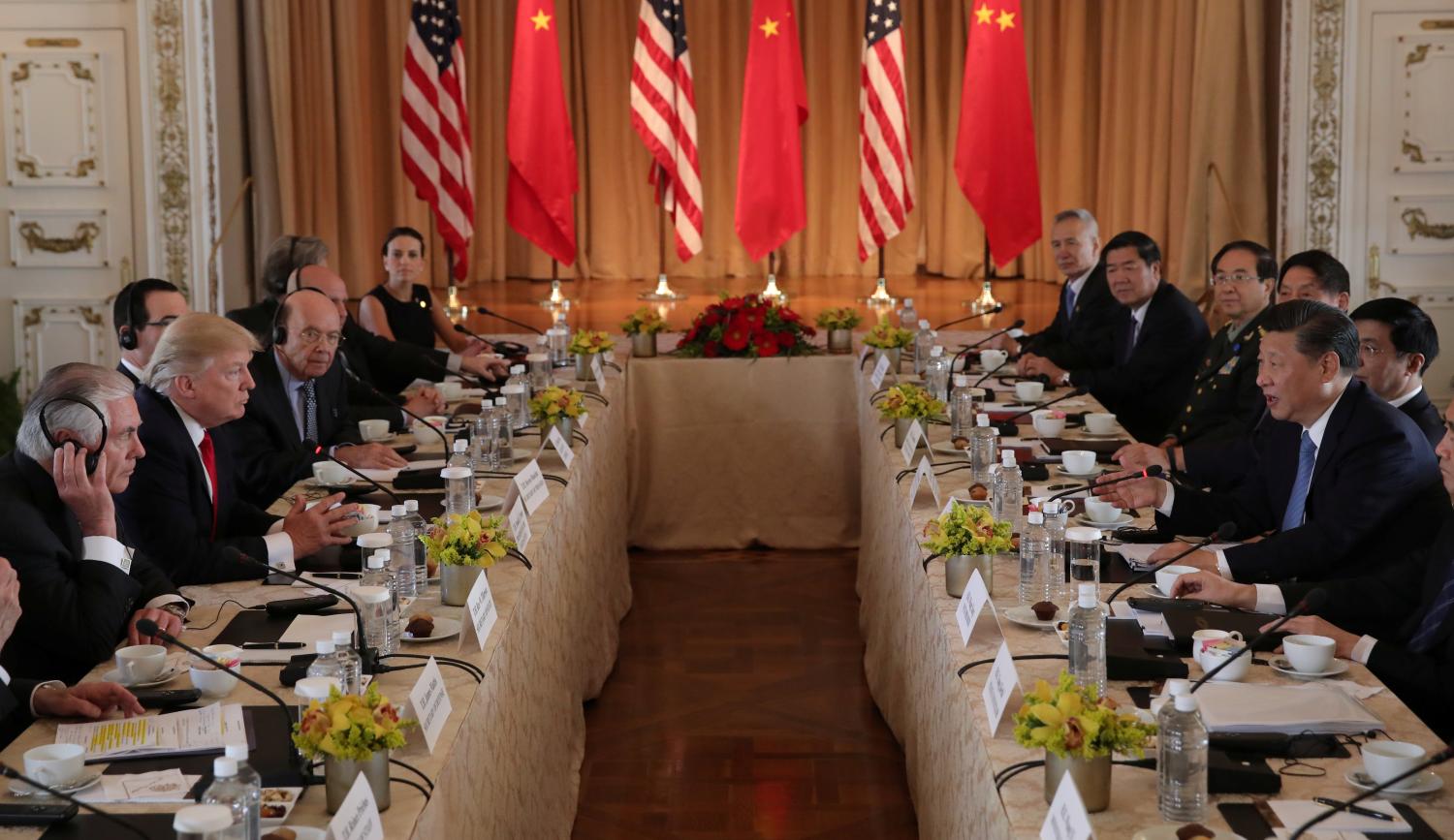
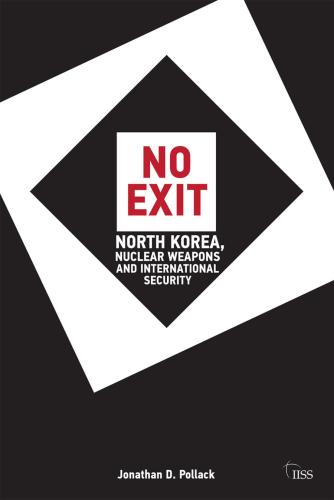

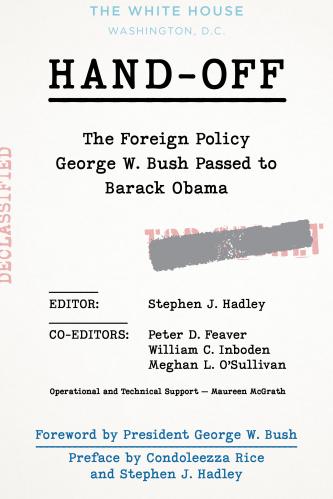
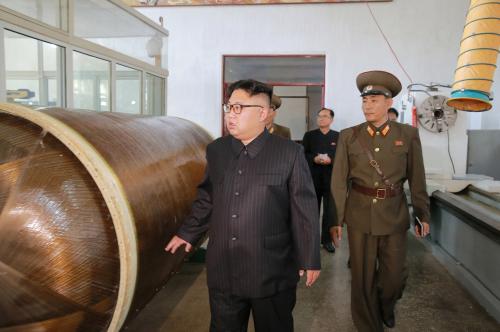
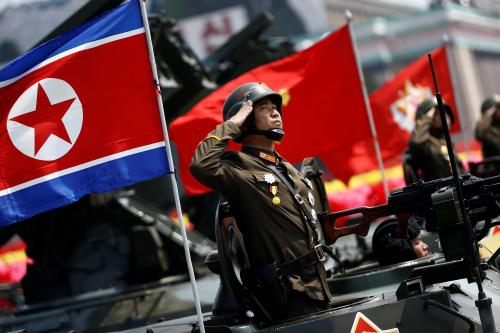
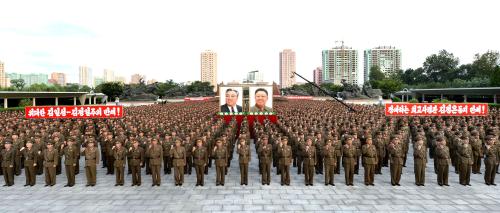



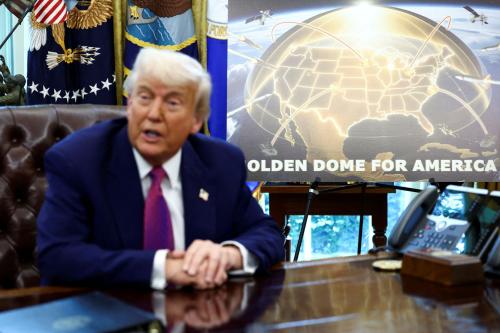
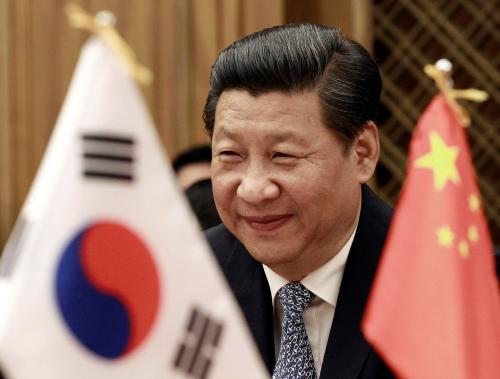
Commentary
Decision time: North Korea’s nuclear and missile threat and U.S. policy
September 5, 2017